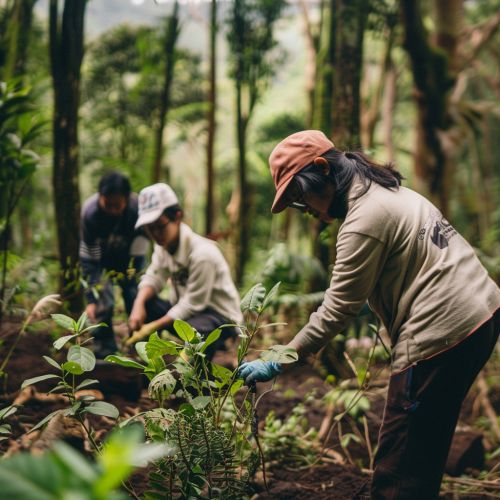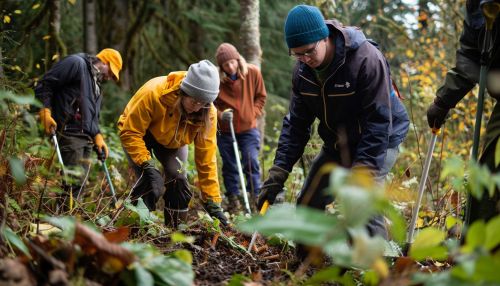Community-based natural resource management
Introduction
Community-based natural resource management (CBNRM) is an approach to managing natural resources that emphasizes the role of local communities in the stewardship and sustainable use of these resources. It integrates ecological, social, and economic objectives, aiming to empower communities to manage resources in a way that enhances their livelihoods while ensuring long-term sustainability.
Historical Context
CBNRM emerged as a response to the failures of centralized, top-down resource management strategies that often disregarded the needs and knowledge of local communities. The approach gained prominence in the late 20th century, particularly in developing countries where local communities depend heavily on natural resources for their livelihoods. The shift towards CBNRM was influenced by the growing recognition of the importance of indigenous knowledge and the need for more inclusive and participatory management practices.
Principles of CBNRM
CBNRM is grounded in several key principles:
- **Participation and Empowerment:** Local communities are actively involved in decision-making processes, ensuring that their knowledge, needs, and priorities are considered.
- **Sustainability:** Management practices aim to balance ecological health with social and economic benefits, ensuring that resources are available for future generations.
- **Equity:** Benefits from resource management are distributed fairly among community members, with particular attention to marginalized groups.
- **Adaptive Management:** CBNRM practices are flexible and responsive to changing conditions and new information, allowing for continuous learning and improvement.
Governance Structures
Effective CBNRM requires robust governance structures that facilitate community participation and accountability. These structures often include:
- **Community-Based Organizations (CBOs):** Local groups that represent community interests and manage resources.
- **Co-management Arrangements:** Partnerships between communities and government agencies or NGOs, sharing responsibilities and benefits.
- **Traditional Institutions:** Indigenous governance systems that have historically managed resources sustainably.
Case Studies
Namibia
Namibia is a leading example of successful CBNRM. The country's conservancy program, established in the 1990s, allows communities to manage wildlife and other natural resources. This program has led to significant increases in wildlife populations and provided economic benefits through ecotourism and sustainable hunting.
Nepal
In Nepal, community forestry initiatives have empowered local communities to manage forest resources. These initiatives have resulted in improved forest conditions, increased biodiversity, and enhanced livelihoods through the sustainable harvest of forest products.
Challenges and Criticisms
Despite its successes, CBNRM faces several challenges:
- **Resource Conflicts:** Competing interests and conflicts over resource use can undermine CBNRM efforts.
- **Capacity Building:** Communities often require support and training to effectively manage resources.
- **External Pressures:** Economic and political pressures, such as land grabs and climate change, can threaten the sustainability of CBNRM initiatives.
- **Equity Issues:** Ensuring that benefits are equitably distributed remains a persistent challenge, particularly in communities with existing social hierarchies.
Future Directions
The future of CBNRM lies in addressing these challenges and building on its successes. Key areas for future focus include:
- **Strengthening Governance:** Enhancing the capacity of community institutions and ensuring transparent and accountable decision-making processes.
- **Integrating Science and Traditional Knowledge:** Combining scientific research with indigenous knowledge to develop more effective management practices.
- **Scaling Up:** Expanding successful CBNRM models to larger landscapes and integrating them into national and regional policies.
- **Climate Adaptation:** Developing strategies to help communities adapt to the impacts of climate change on natural resources.
See Also
References


